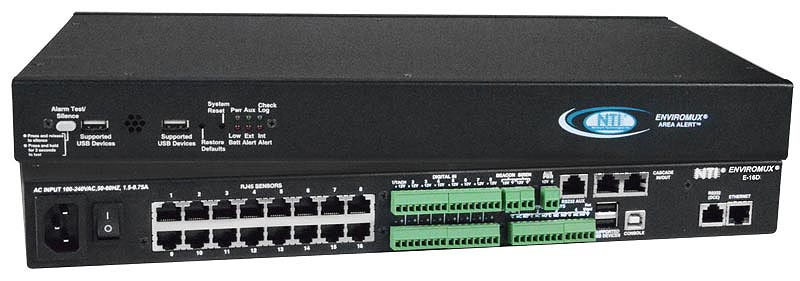Download drivers for monitors for free. Operating System Versions: Windows XP, 7, 8, 8.1, 10 (x64, x86) Category: Devices. Subcategory: monitors. Popular Drivers. Controllers input devices card readers Bluetooth devices. Are you tired of looking for the drivers for your devices? The advanced facial recognition and eye monitoring technology detect head movements and blinking patterns to warn you before you nod off. This Car and Driver CoPilot fatigue monitor features infrared LEDs to work in dim-lit conditions, and the loud alarms effectively alert.
1. Start Registry Editor if it is not open. To do this, click Start, type regedit in the Start Search field, and then press ENTER.
2. Locate and then expand the following registry key:
HKEY_LOCAL_MACHINESYSTEMCurrentControlSetControlPrintMonitors
Drivers Env Monitors App
3. Export the Monitors sub-key or subkeys. To do this, follow these steps:
a. On the File menu, click Export.
b. In the File Name box, type the name that you want to use for this key, such as MonitorsRegKey, and then click Save.
4. Now delete any sub-keys related to the printer you are attemptingto remove. To do this, right-click the subkey that you want to remove,and then click Delete. Click Yes when you are prompted to confirm the deletion.
Drivers Env Monitors -

Drivers Env Monitors Vs
5. Exit Registry Editor.

6. If you have a printer attached to the computer, disconnect theprinter cable from the computer, and then restart the computer.
You will then want to restart your computer and reinstall anysoftware that came with your printer. Attach it only when prompted toduring setup to ensure that a generic driver is not installed. Let usknow if you have any other questions or if you require furtherassistance.
These environment variables are relevant to Qt for Embedded Linux users.
| Variable | Description |
|---|---|
| POINTERCAL_FILE | Specifies the file containing the data used to calibrate the pointer device. See also QWSCalibratedMouseHandler and Qt for Embedded Linux Pointer Handling. |
| QT_ONSCREEN_PAINT | If defined, the application will render its widgets directly on screen. The affected regions of the screen will not be modified by the screen driver unless another window with a higher focus requests (parts of) the same region. Setting this environment variable is equivalent to setting the Qt::WA_PaintOnScreen attribute for all the widgets in the application. See also the Qt for Embedded Linux graphics rendering documentation. |
| QWS_SW_CURSOR | If defined, the software mouse cursor is always used (even when using an accelerated driver that supports a hardware cursor). |
| QWS_DISPLAY | Specifies the display type and framebuffer. For example, if the current shell is bash, ksh, zsh or sh: The valid values for the The driver specific options are described in the display management documentation. |
| QWS_SIZE | Specifies the size of the Qt for Embedded Linux window which is centered within the screen. For example, if the current shell is bash, ksh, zsh or sh: |
| QWS_MOUSE_PROTO | Specifies the driver for pointer handling. For example, if the current shell is bash, ksh, zsh or sh: The valid values for the Multiple mouse drivers can be specified in one go: Input will be read from all specified drivers. See also Qt for Embedded Linux Pointer Handling. |
| QWS_KEYBOARD | Specifies the driver and device for character input. For example, if the current shell is bash, ksh, zsh or sh: The valid values for the Multiple keyboard drivers can be specified in one go: Input will be read from all specified drivers. See also Qt for Embedded Linux Character Input. |
© 2016 The Qt Company Ltd. Documentation contributions included herein are the copyrights of their respective owners. The documentation provided herein is licensed under the terms of the GNU Free Documentation License version 1.3 as published by the Free Software Foundation. Qt and respective logos are trademarks of The Qt Company Ltd. in Finland and/or other countries worldwide. All other trademarks are property of their respective owners.
